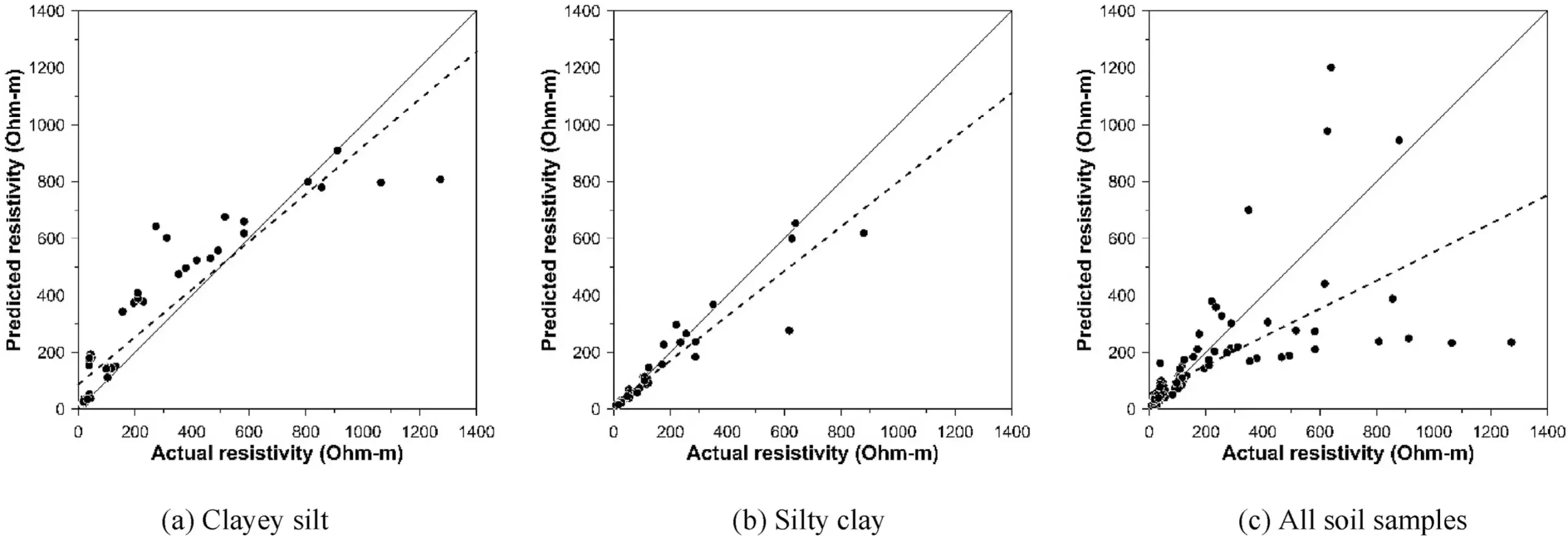Proper power grounding systems are crucial for maintaining the safety and reliability of critical electrical subsystem infrastructure, such as substations. These systems provide a low-resistance path for electrical fault currents to flow into the earth, ultimately preventing electrical shocks, fires, and damage to essential equipment.
Soil resistivity plays a significant role in the design of power grounding systems. It is essential to select sites with the lowest soil electrical resistivity to ensure cost-effective and efficient grounding systems for electrical substations. The accurate determination of soil resistivity is crucial, as inaccurate values can lead to faulty grounding systems, posing a risk to both equipment and personnel.
The Electricity Generating Authority of Thailand has set criteria for soil resistivity required for substations, with a threshold of less than 80 Ohm-meters. However, many locations fail to meet these requirements, underlining the need for robust soil resistivity assessment methods. Various studies have examined the relationship between soil resistivity and geotechnical properties, including water content, unit weight of soil, salt content, clay content, and particle sizes. While these studies have provided valuable insights, there is still a need for a comprehensive predictive model that integrates these relationships.
A research team led by Professor Shinya Inazumi from the College of Engineering at Shibaura Institute of Technology conducted a study to investigate the behavior and relationships between soil resistivity and geotechnical parameters in a controlled environment. They developed a predictive model based on their findings, aiming to accurately predict soil resistivity under field conditions. The study, published in the journal Results in Engineering, focuses on the development of robust correlation models between soil resistivity and key geotechnical properties.
The researchers measured soil samples from various locations within a power grid substation in Thailand to establish correlations between resistivity and geotechnical parameters. They found a clear relationship between soil resistivity and water content, with resistivity increasing as water content decreases. While the correlation between resistivity and plasticity index or dry density was less significant, the team utilized nonlinear multiple regression analysis to study the combined effects of water content and other soil parameters.
The study revealed strong correlations between soil electrical resistivity, water content, plasticity index, and dry density, providing a reliable predictive model for soil resistivity. However, the model’s limitation in predicting resistivity of cohesive soils with fine particles was acknowledged, suggesting the importance of including a broader range of soil samples in future research.
The study’s findings have significant implications for optimizing substation grounding designs, reducing the need for extensive soil testing and modifications. This can result in cost savings while ensuring regulatory compliance and enhancing the safety of equipment and personnel. The predictive models developed in the study could also be adapted for environmental monitoring, extending the potential applications beyond electrical systems.
This study breaks new ground in soil resistivity assessment, contributing to the cost-effective construction of ground systems for electrical substations. By developing robust predictive models, the research team has paved the way for safer and more reliable power supply, essential for stable economic growth. The importance of proper power grounding systems in electrical substations cannot be understated, highlighting the significance of accurate soil resistivity assessment in ensuring the safety and efficacy of electrical infrastructure.


Leave a Reply